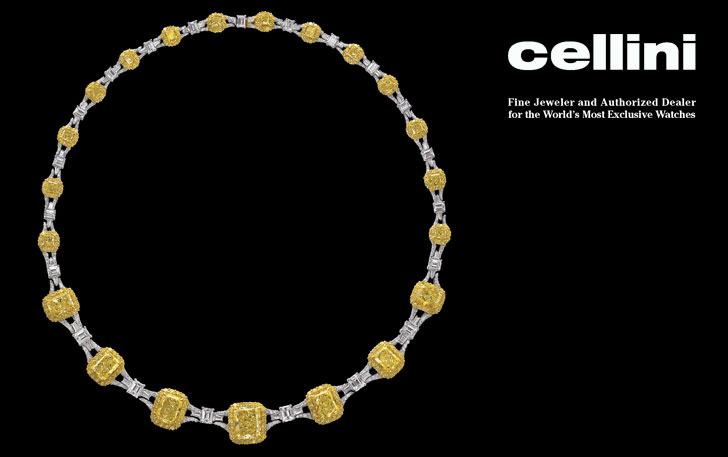HOW THIS DESIGNER CREATES FURNISHINGS AND DECORATIVE OBJECTS EMBRACING THE JAPANESE TRADITION OF HARMONIOUS COLOR SCHEMES AND BOLD AESTHETICS
BY LAURA D.C. KOLNOSKI
Growing up in post World War II Japan, 10 year old Kenzo Takada first saw the outside world through the pages of his sisters’ fashion magazines. Little did he know that these experiences would eventually transport him to Europe and international fame as a fashion designer. Now he has extended his creative reach to furniture and interior design.

But let’s begin at the beginning.
During the 1940s and 1950s, Japan was going through a restrictive period, Takada related.
“The country was not so joyous as it is today, and I could only find that certain joie de vivre in magazines coming from the United States and Europe full of color, and bringing elements of style and elegance we couldn’t find in Japan,” recalled the designer, who also cites American films, including Little Women, as sources of inspiration.
“Paris was illustrated as a central pillar of fashion in those magazines,” he said. “I grew up in a tea house that my parents ran, and another element that probably affected me profoundly was seeing my mother putting on her kimono, which takes time with all the gestures, colors, and mix of materials. I became very sensitive to the ceremonial aspect of the kimono. I started to handcraft clothing for my sister’s dolls, which definitely proved to me that it was the career I wanted to pursue.”
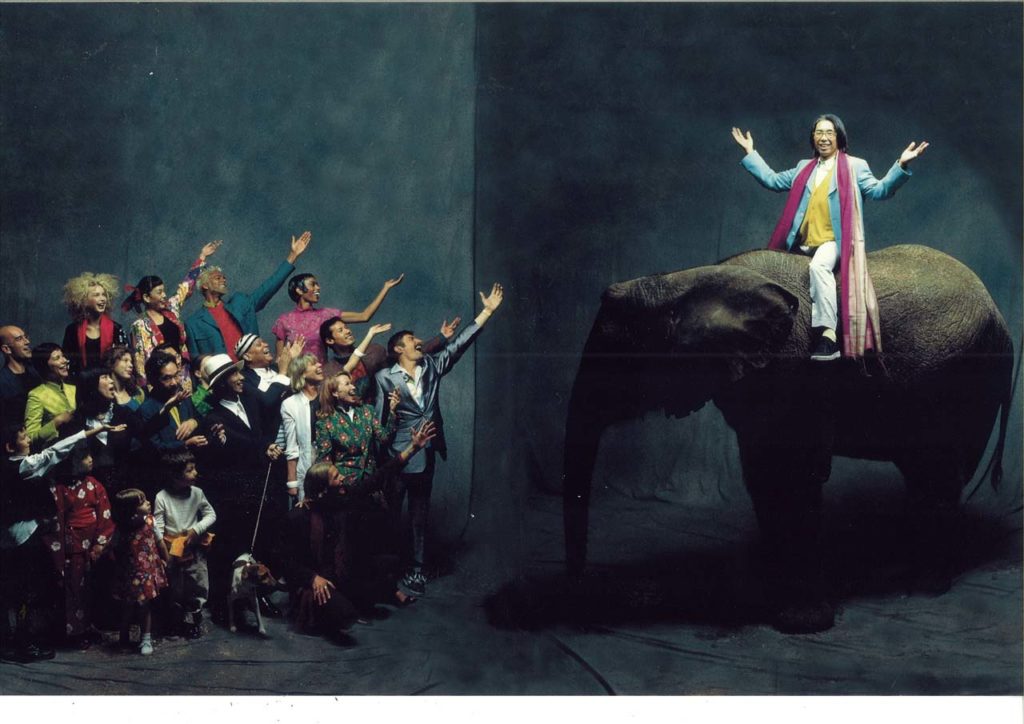
At 19, Takada entered Tokyo’s prestigious Bunka Fashion College, which had just started admitting male students. It was there that the trailblazer developed an ambition to go to France. But passports were still difficult to obtain in Japan. And then came the 1964 Tokyo Olympics. The Olympic Committee, which was looking for housing for visitors, offered Takada the equivalent of a year’s rent to vacate his apartment. He immediately applied for, and obtained, a passport, then headed off to France for what he thought would be a six month visit.
“Through the advice of a favorite professor, I decided to take a boat to France on a one month trip,” said Takada, who visited Southeast Asia, India, West Africa, and North Africa on his way. “It was a real cultural shock,” he said. Takada arrived in France on New Year’s Day, 1965.
“I really enjoyed the culture, but I had spent all my savings and realized I had to go back,” he said. “I really wanted to try something before leaving, so I started to sketch some silhouettes and went to present them at haute couture brand Louis Feraud. I met with his wife, who offered me $25 for five sketches. When I left that meeting, I realized I wanted to stay in Paris; it was the turning point.”
After freelancing and selling his sketches to fashion magazines, Takada founded his first apparel company, Jungle Jap, in 1970. That same year, he organized his first fashion show, at the Galerie Vivienne. His innovative style, which combined Parisian fashion with the colors and poetry of his native Japan, opened doors.
Takada expanded into men’s fashion in the 1980s, then entered the perfume industry and embarked on various other collaborations. All the while, he was honing his niche in graphic and cultural references by mixing origins, mastering colors, and creating delicate patterns.
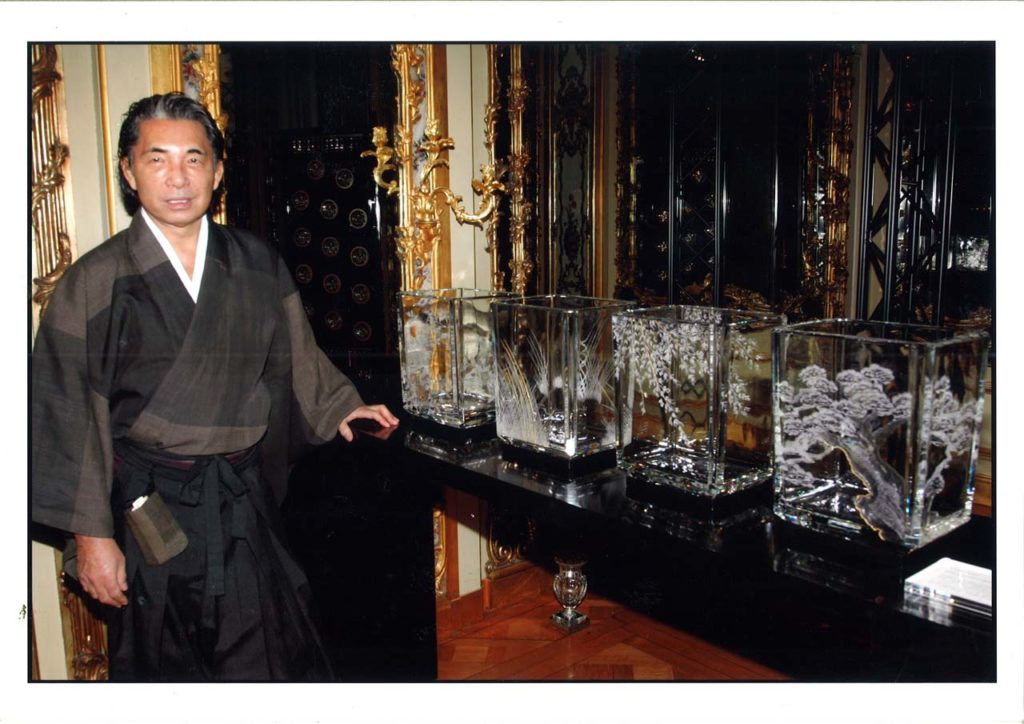
Now it’s the interior design and décor world that’s buzzing with Kenzo Takada creations. Through mutual friends, he met with the European furniture design firm Roche Bobois (which has entered into collaborations with various bold face name fashion designers in recent years) to create a broad range of exclusive, made to order designs for its 255 showrooms around the world.
“We decided to work on several concepts inspired by Japanese crafts,” Takada related. “The creative process was long, and several times we reworked the different graphics, textiles, and colors, adding more elements to the collection. Roche Bobois allowed me to express myself freely, and to go beyond my expectations.”
The Kenzo Takada/Roche Bobois creations reinterpret ancient kimonos, specifically the weaving used in Japan’s traditional Nogaku theaters. Themes express gentleness, vivacity, and depth, coinciding with the three different times of day: asa (morning), hiru (midday), and yoru (evening). Takada’s ceramics, which are infused with the Japanese spirit found in the art of fire pottery, are coated with deep colored enamels enhanced by aged gold and glossy red copper leaf.
“I have always loved to work with textures and materials, so following my departure from Kenzo [by early 2000], I started looking at bringing new innovative techniques, but blending them with more classic textiles,” he explained. “Color, graphics, and textures need to bring a certain story forward, and to become harmonious. This can be applied both to fashion and home furnishings.”
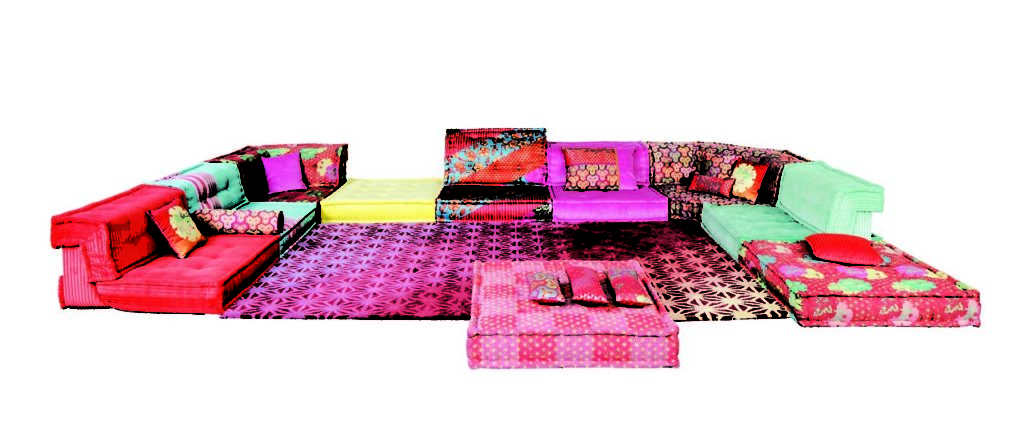
Takada is finding inspiration through his current experiences, travel, and discoveries, and his creations reflect a compelling blend of cultures and influences.
“I find great excitement in trying to find harmony in combining very separated elements,” he said. “I tend to look back at my origins and get inspirations from Japanese culture, just as I did when I started.”
Recent travels back to his native Japan have the designer tapping into its rich history, finding “infinite sources of ideas from old craft to incredible know how. There is a certain mindset in Japan with regards to crafts that is hard to find anywhere else,” he explained.
To complete the Roche Bobois collection, what the company refers to as Takada’s “inventive and joyful spirit” has led to the creation of sophisticated cushions and objects with an added touch of modernity, including Aka Hanawa vases. The collection is available in Roche Bobois showrooms worldwide, including United States. The company’s New York area locations include three showrooms in New York City; one in Manhasset, on Long Island; and one in Paramus, New Jersey. There are additional U.S. locations in Atlanta, Boston, Chicago, Miami, Palm Beach, Philadelphia, Puerto Rico, and other cities, including five showrooms in California.
“With Roche Bobois, I am now working on a new collection of products that will launch in the next few months,” Takada said, adding that he is also developing other partnerships in various creative areas.
“I tend to be very curious, and love to explore different fields and keep learning in the process,” he said. “I especially enjoy working with brands with a strong know how that will bring my designs to life. So I am looking at developing more in the home environment, decoration, and everything that surrounds it. I want to concentrate on that world. And most importantly to me, it is about working with people I enjoy collaborating with.”
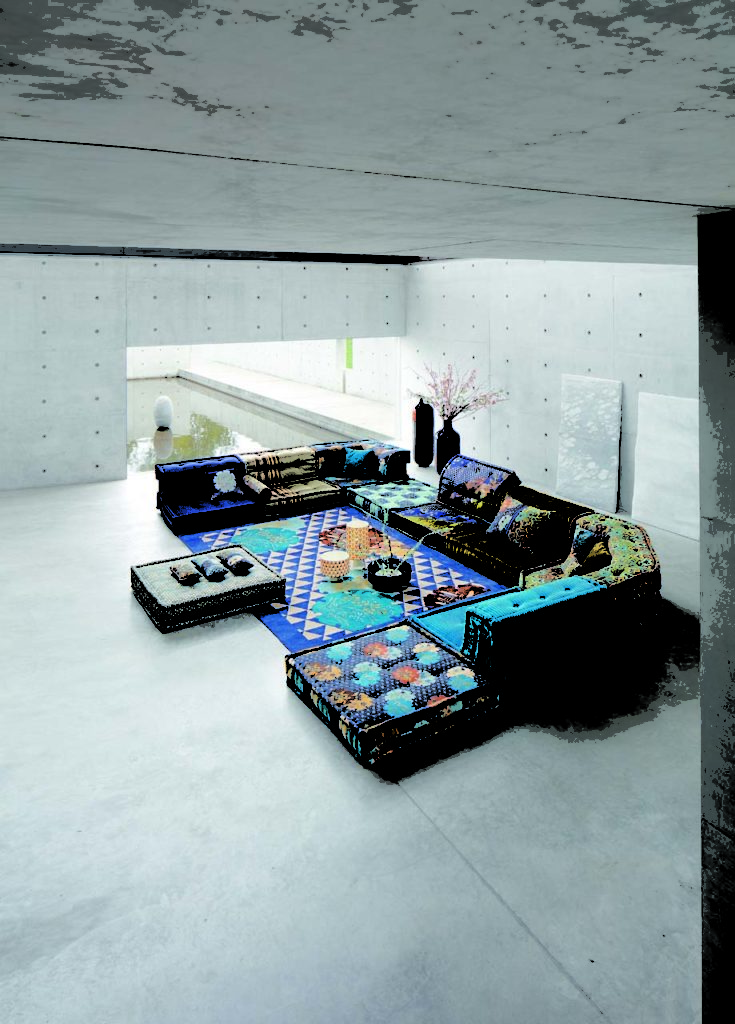
Kenzo Takada
roche-bobois.com
